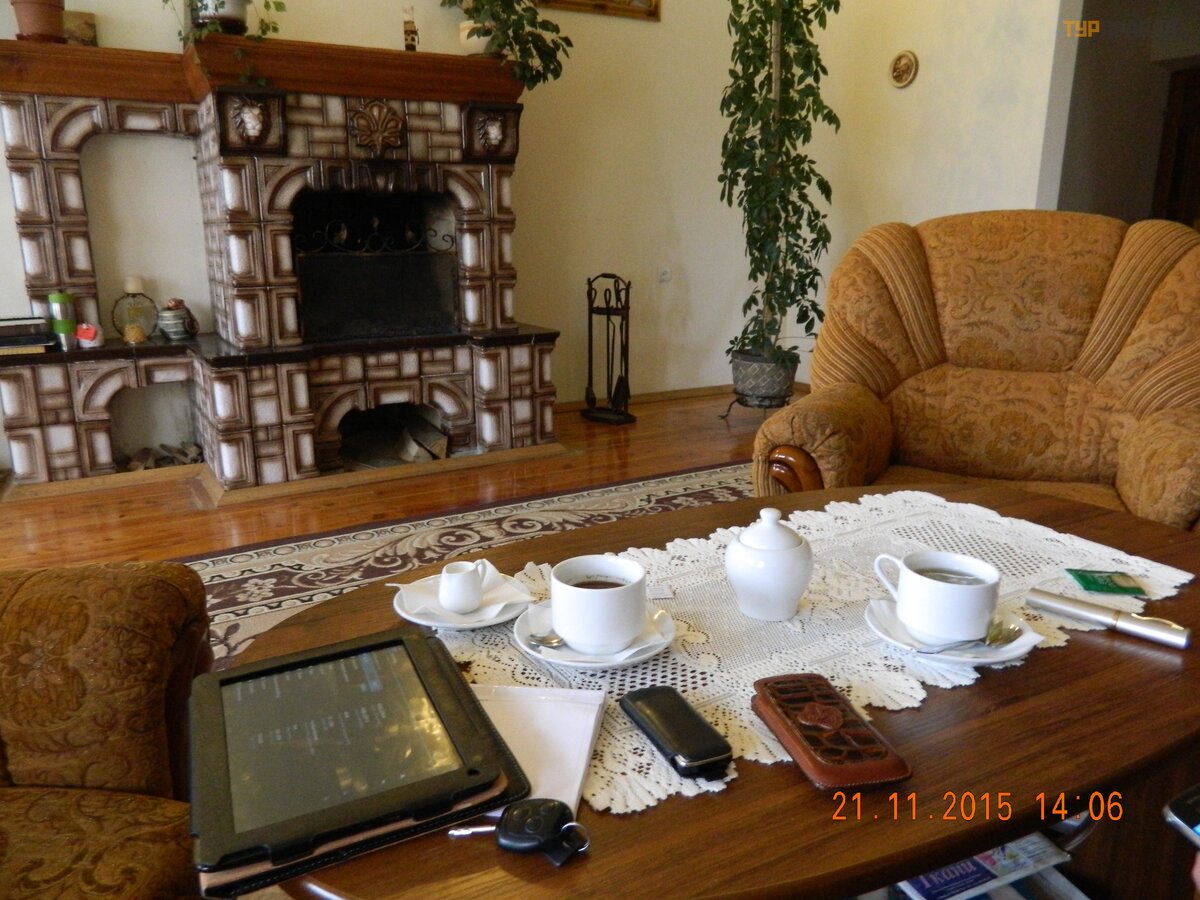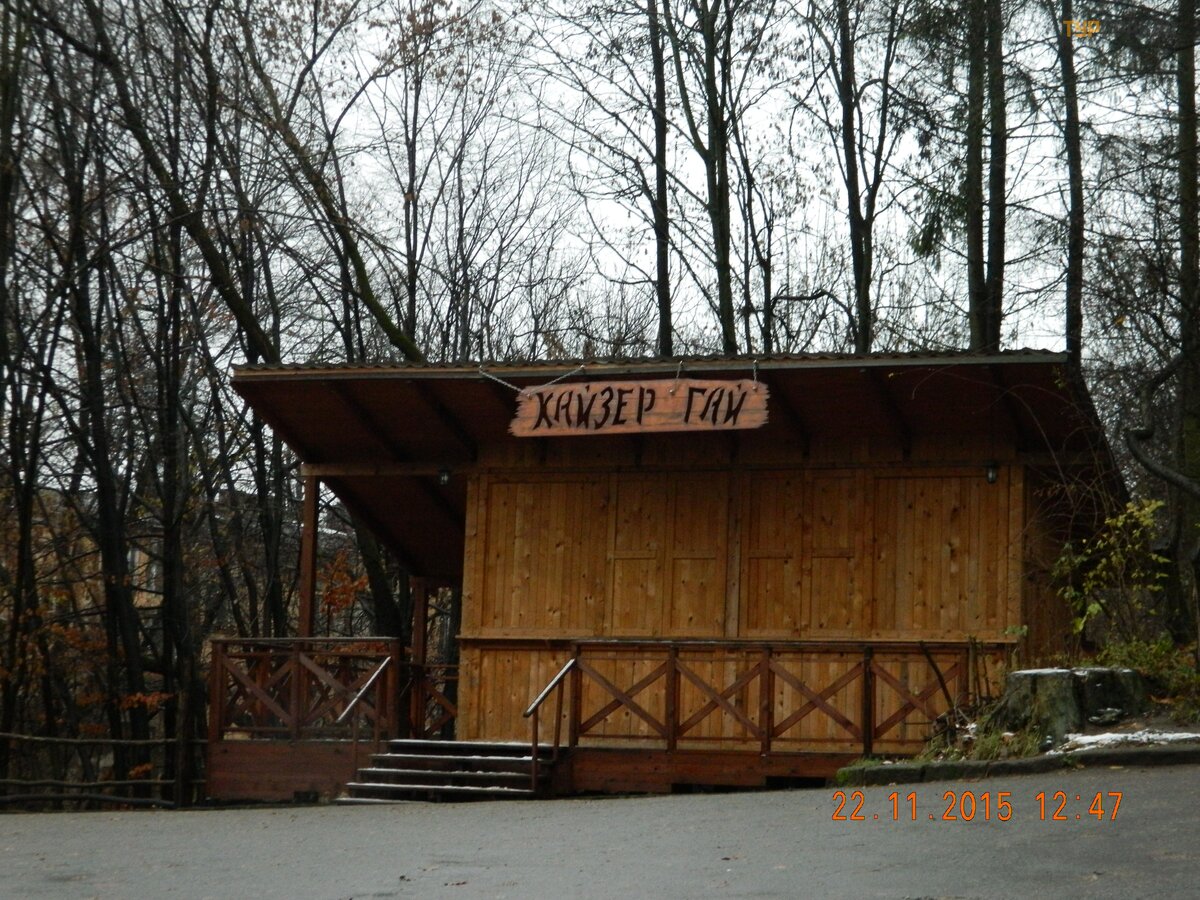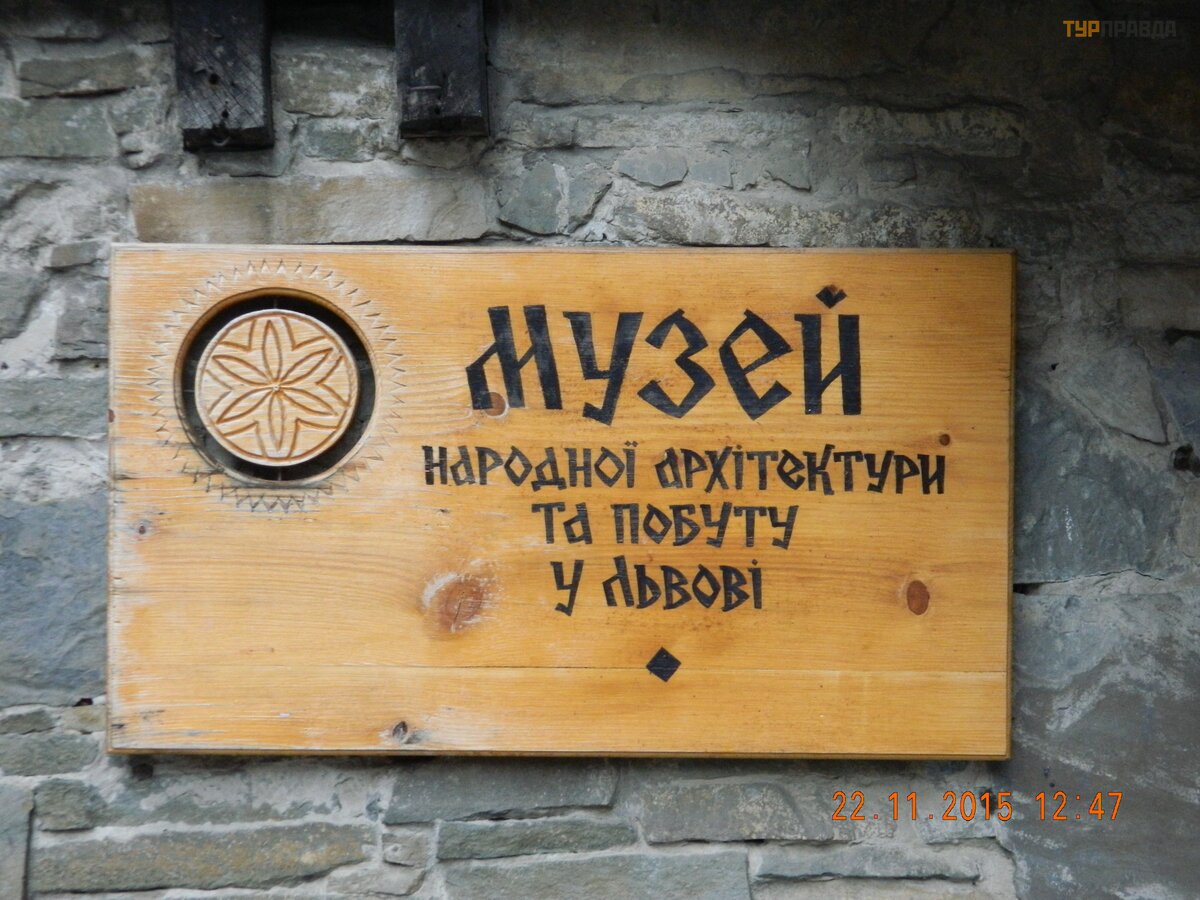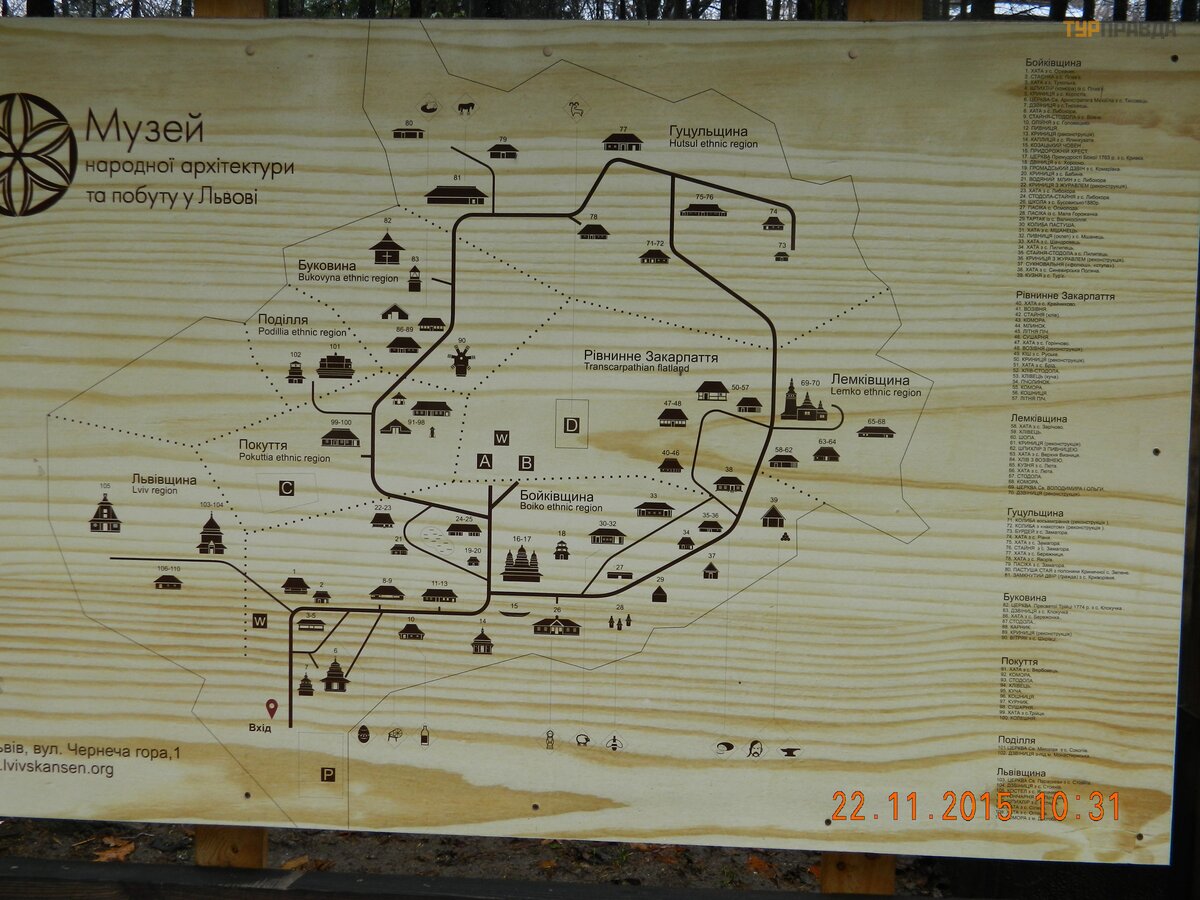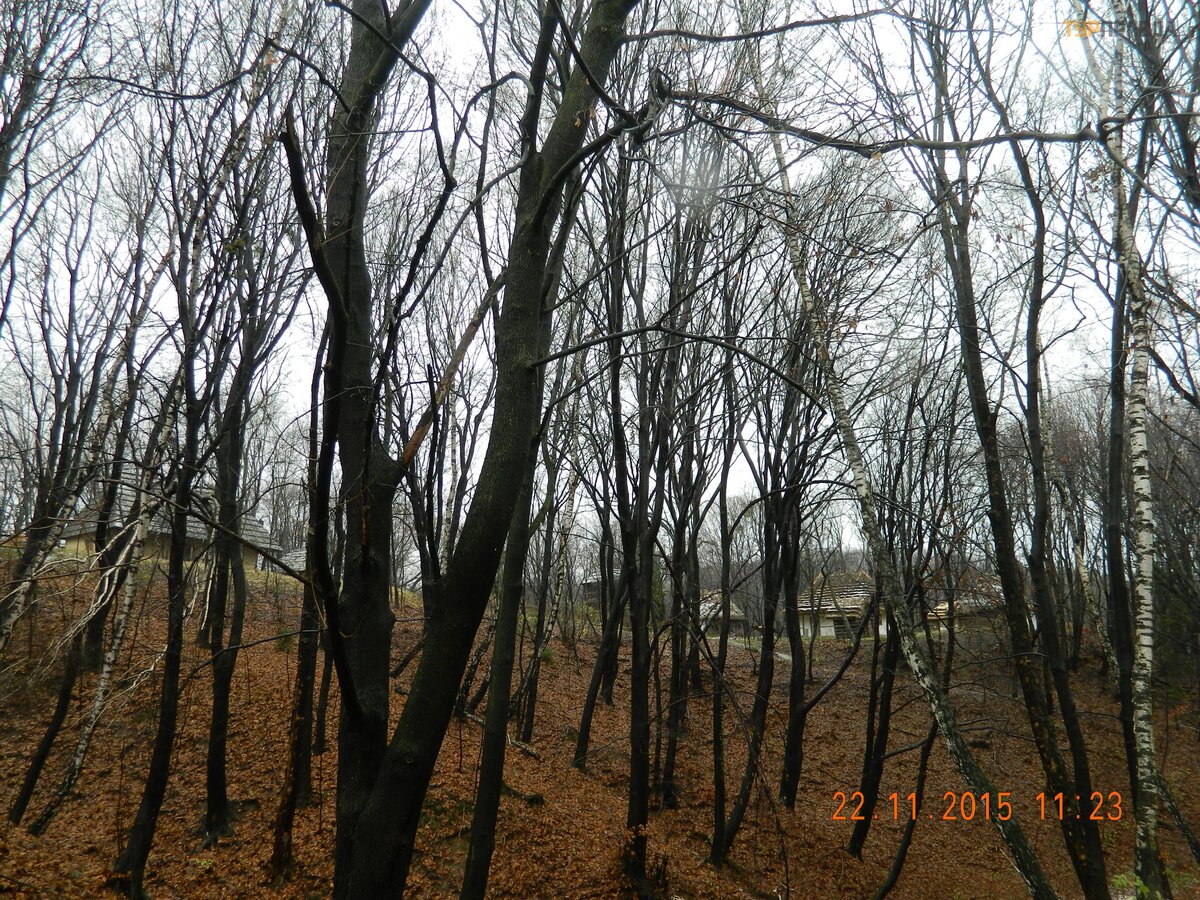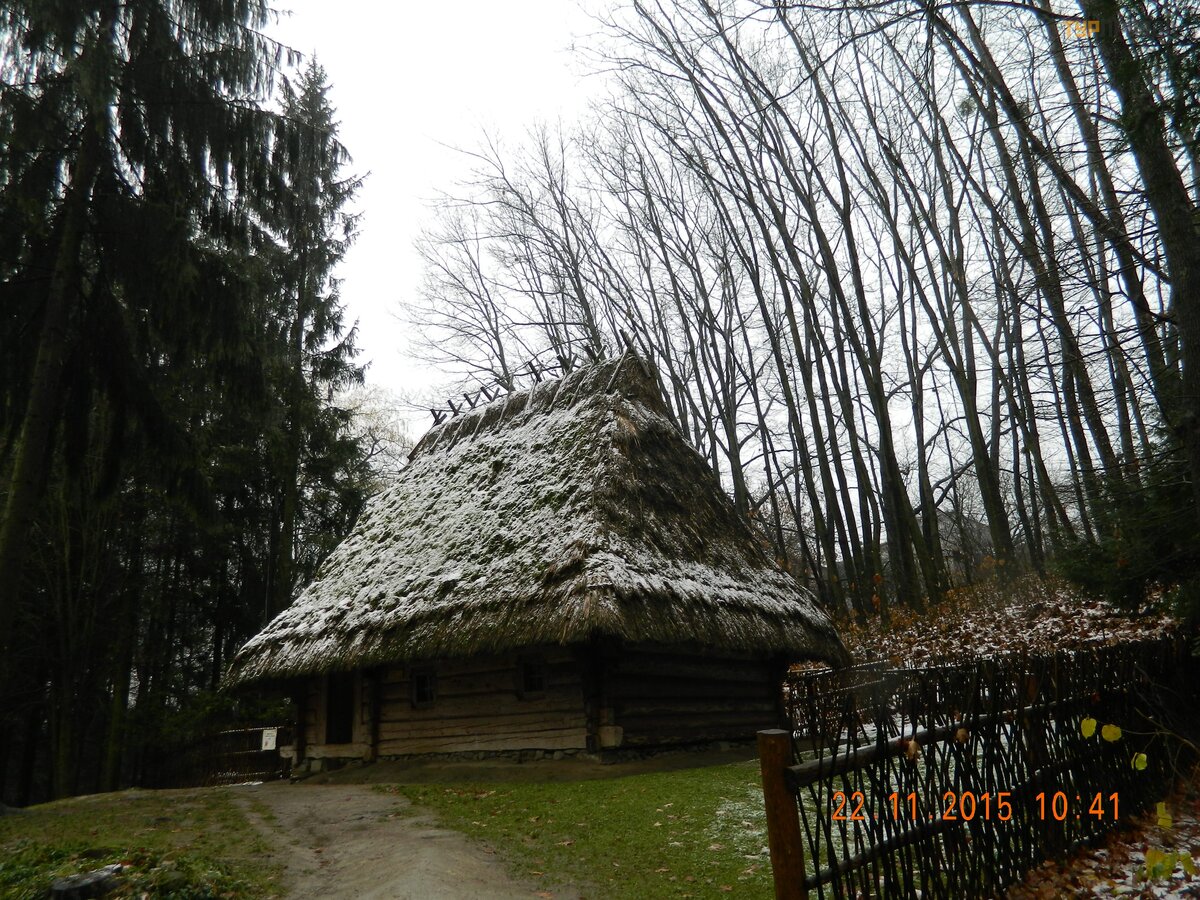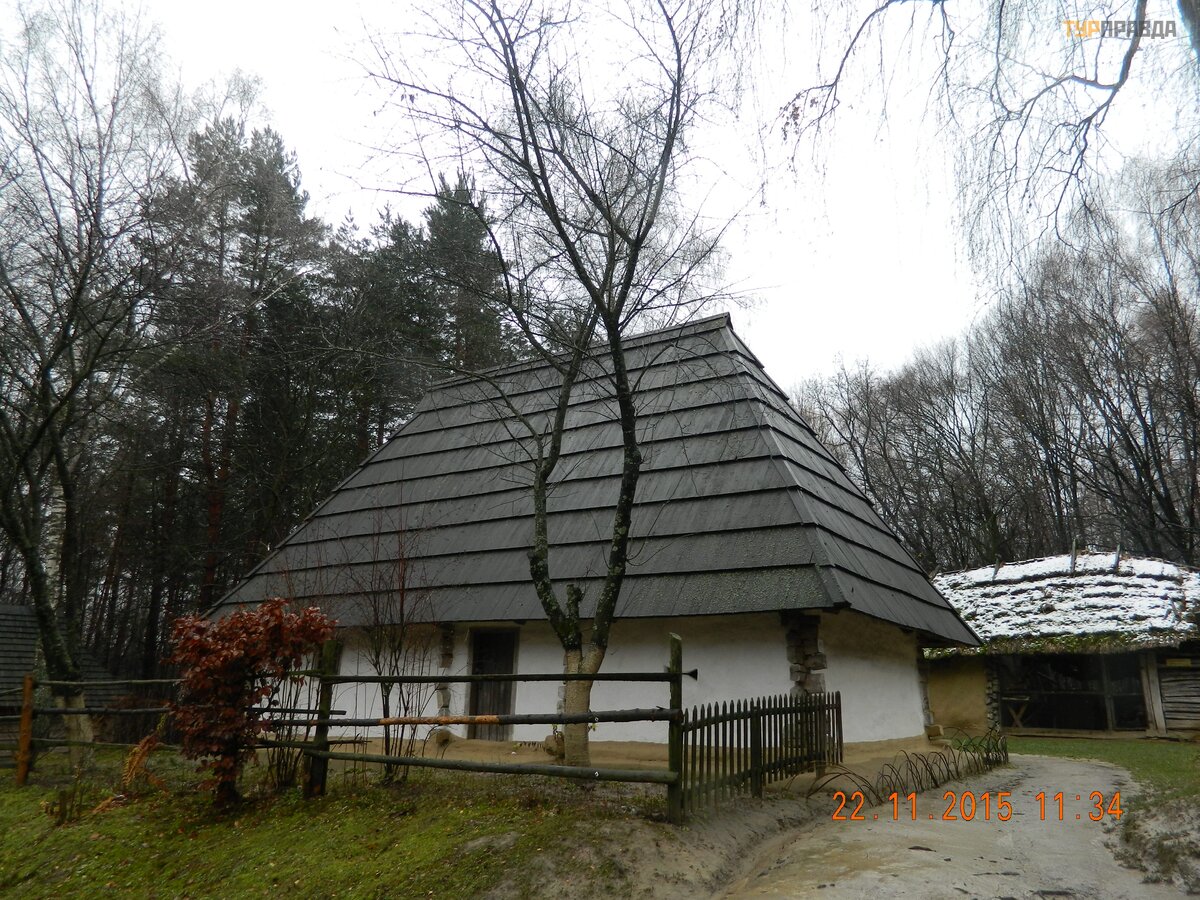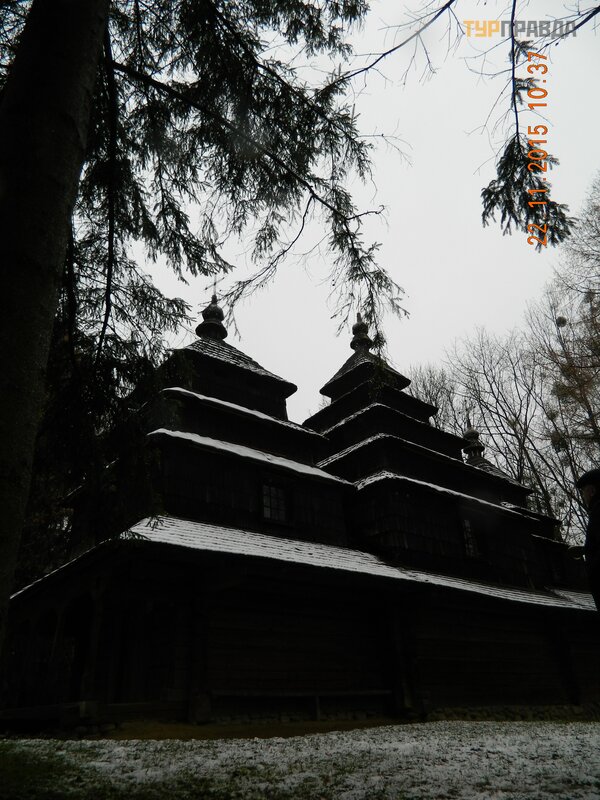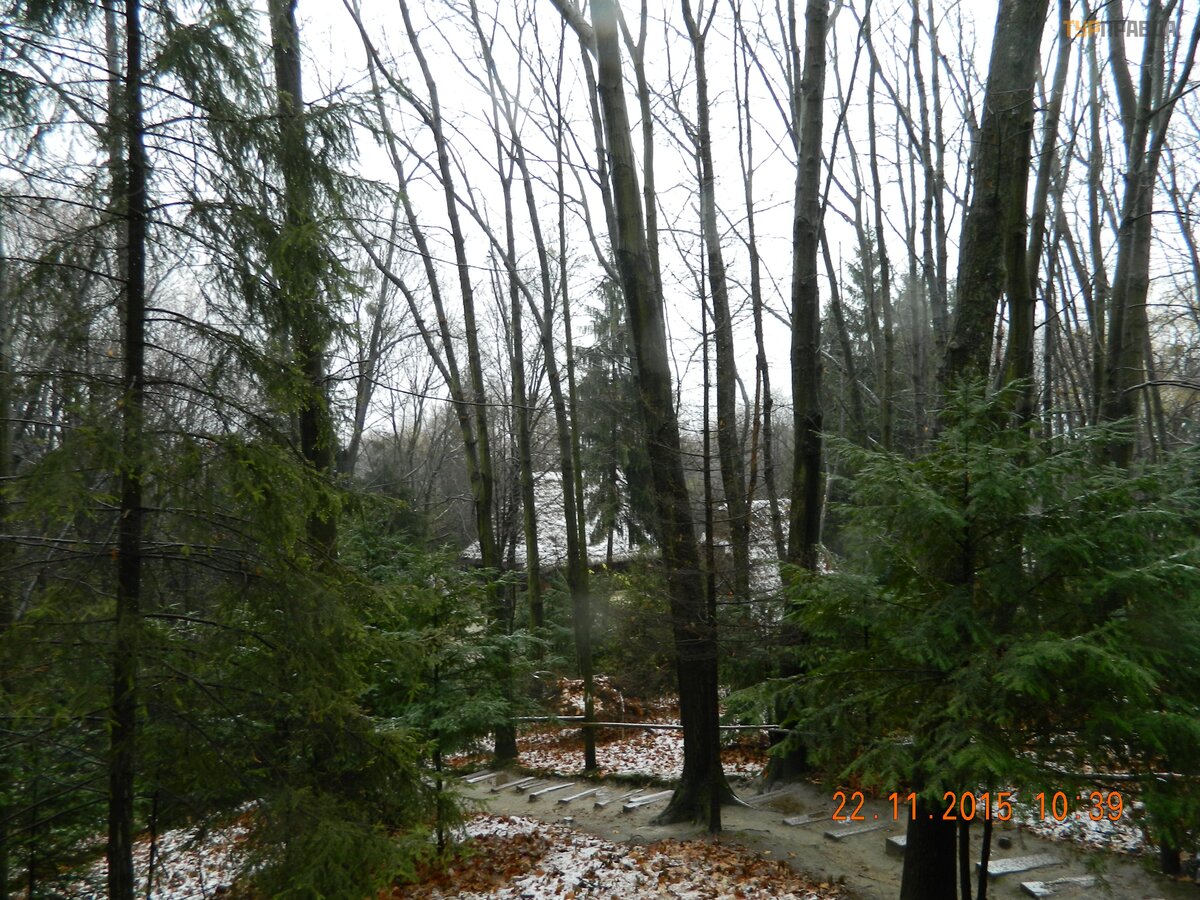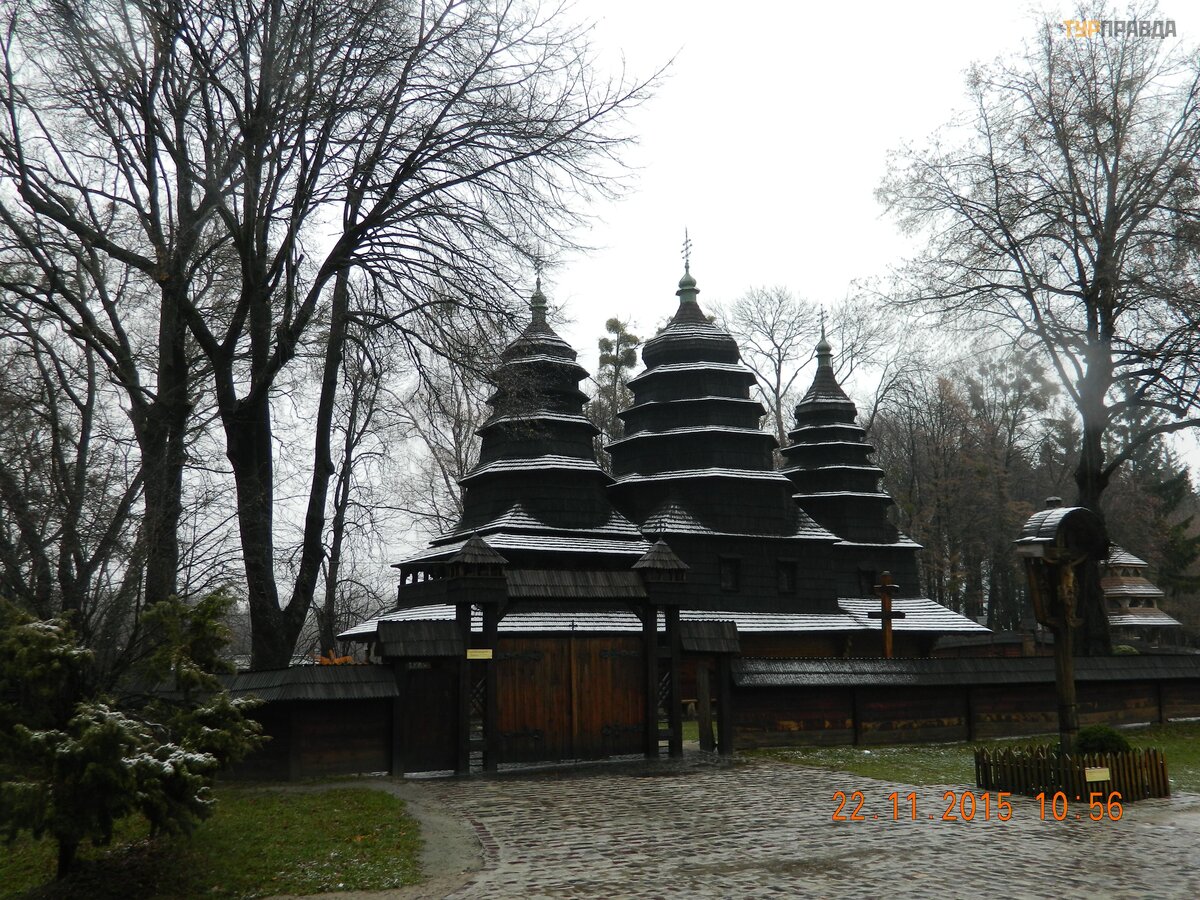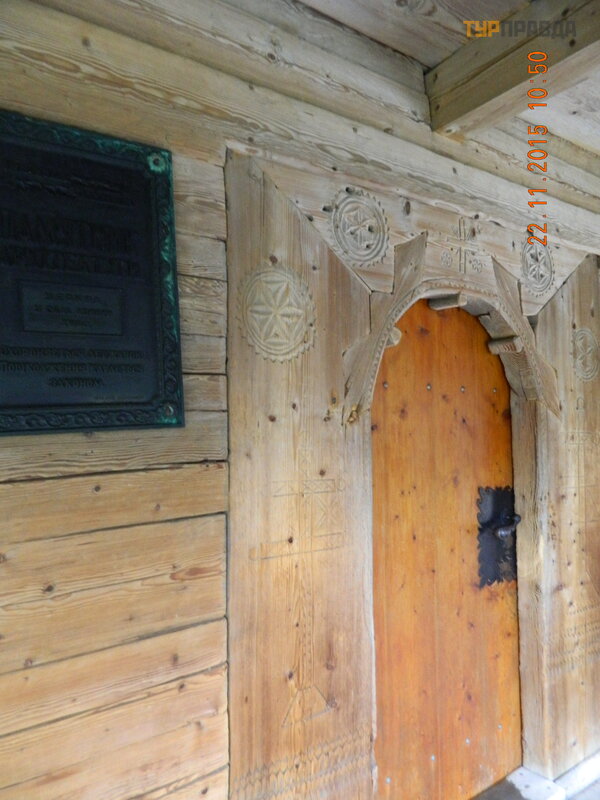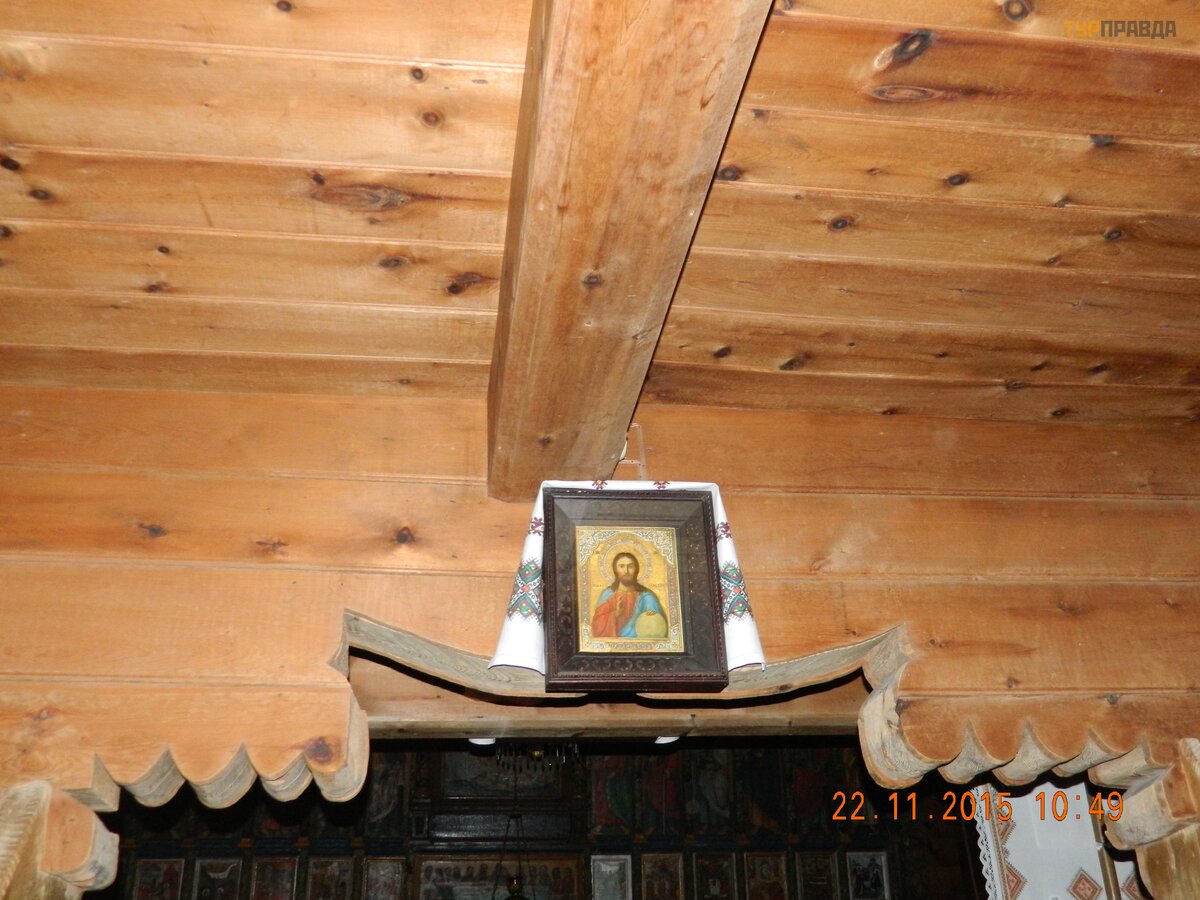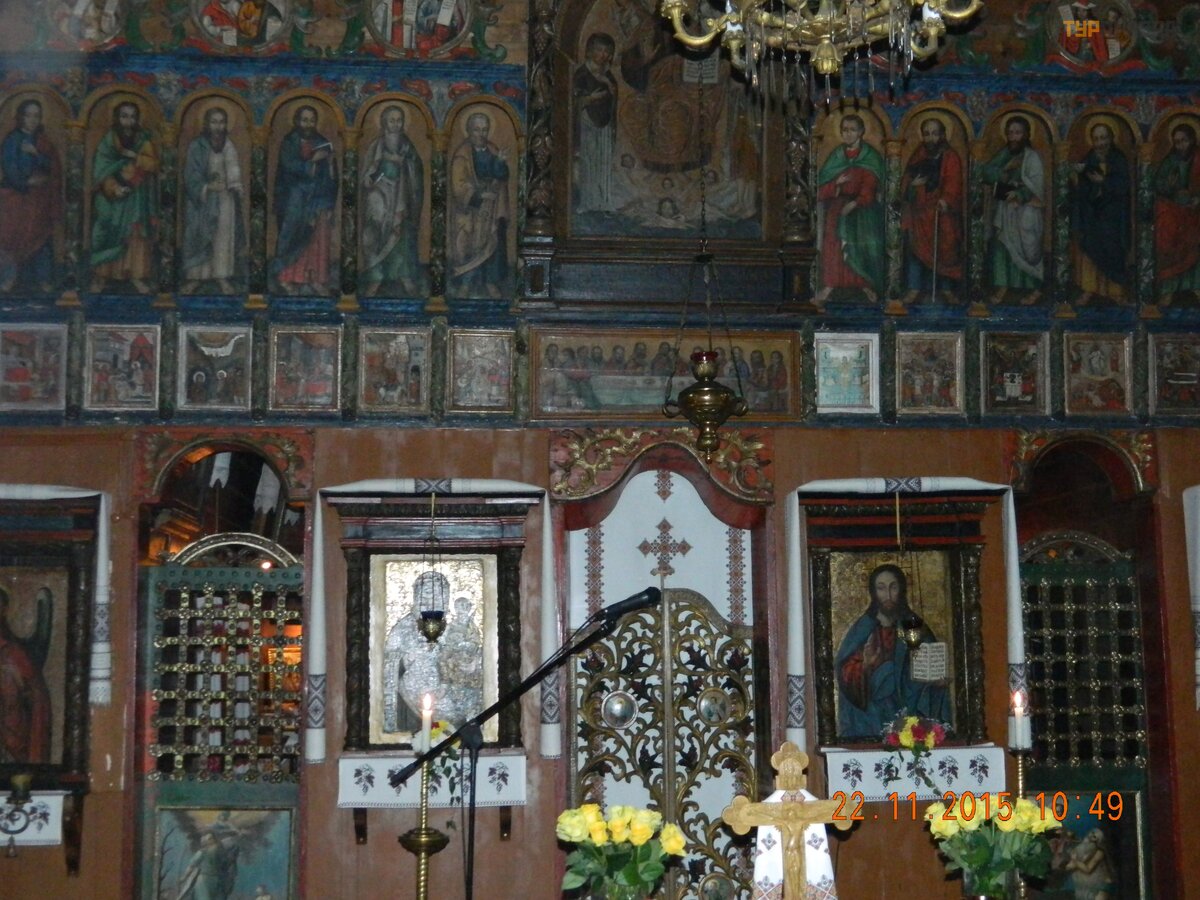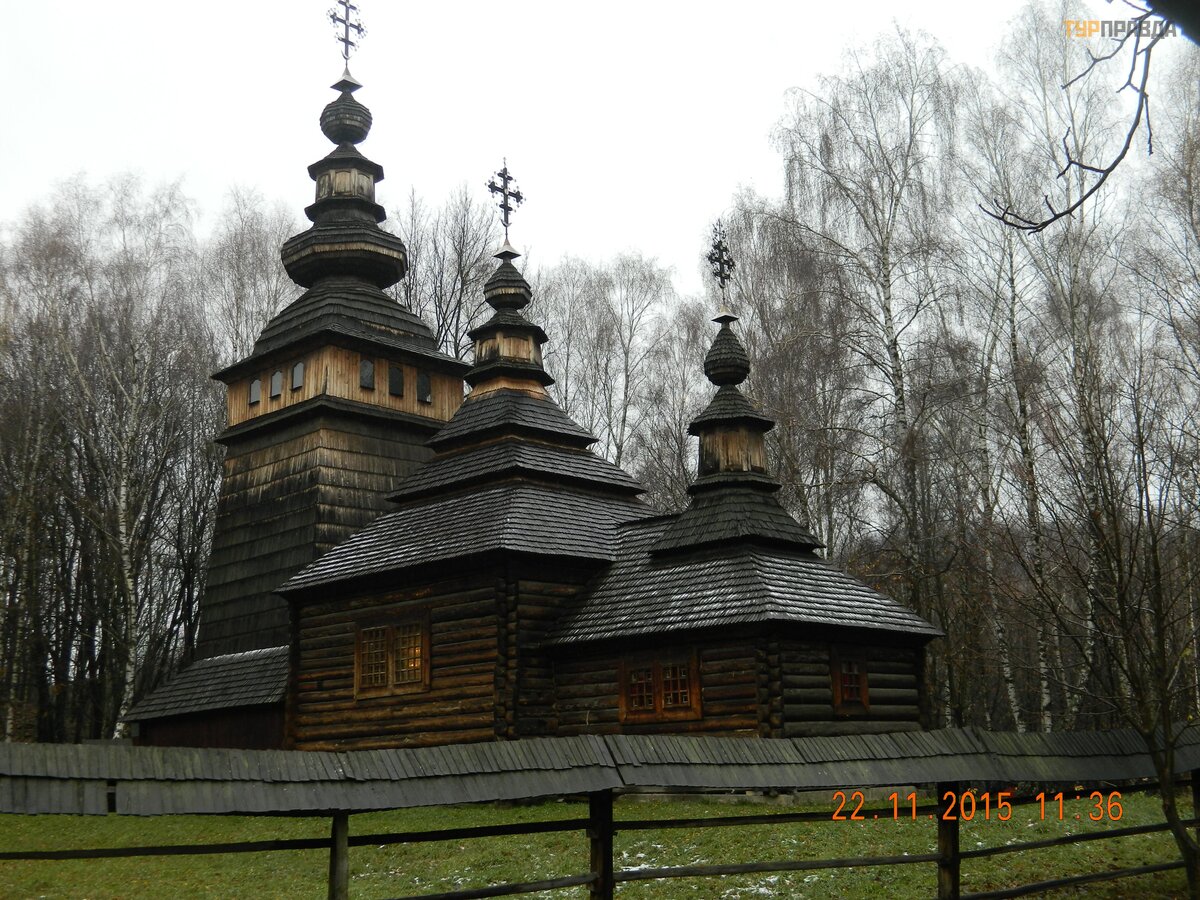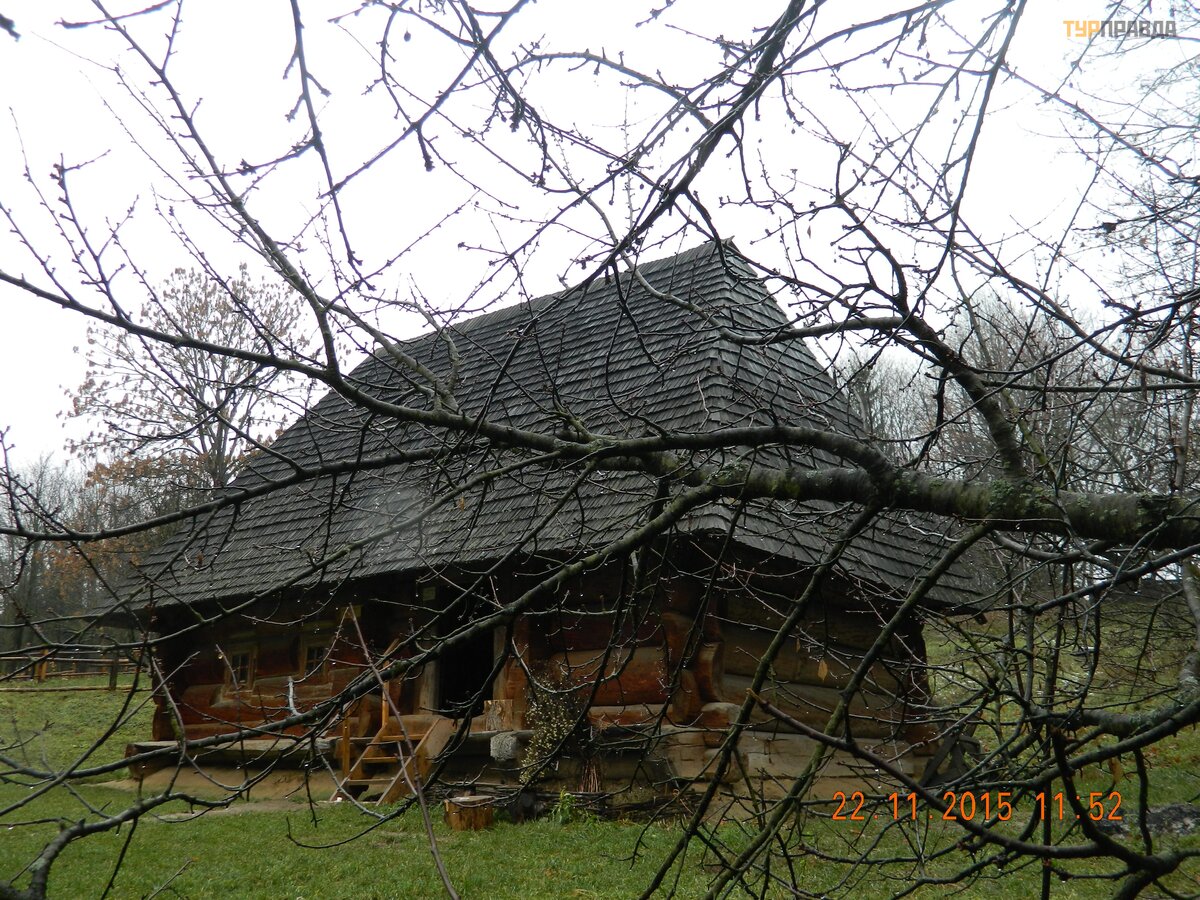Sometime in November
"Night, street, lantern с (c)". Rain. Wet city. And a lone saxophone. Mentally so, quietly, "by ear". And only the beginning of the musical phrase: "Oh, in the cherry orchard, there is a nightingale chirping ... ". Then a piece from Sinatra. And again: "Oh, in the cherry orchard ... " And a piece from the Beatles. Calmly, trustingly ...You have no doubt that this can only happen in one city in the world?
It was thought back in October that we should go somewhere in the fall for the weekend. But other options were not initially envisaged. It was immediately clear that you only need to go here. To Lviv. I'm without Schengen. And Lviv is almost Europe. And although I was once criticized at TurPravda for the "puppy delights" that I publish about this city, but what can you do? I really love him. I love. And to return to it is always a pleasure for me. And a special pleasure - to write about it later on TP.
There were several plans for the trip: after all, Lviv is considered to be the cultural capital of Ukraine, and there is always something to look at and listen to. But for some reason this year the "working" autumn turned out to be especially tense. And since the dates of the trip were reviewed 100.000 times, at first I didn't agree with attending Nina Matvienko's concert, then I didn't hear Andriy Makarevich, and even later - Nino Katamadze. Eventually they gathered at the Opera. But you can't call me a classic music lover, and only Wolfgang Amadeus is available to me. Well, except that, as Frosya Burlakova said, J. Rossini. There was an option to listen to "La Traviata". But in a favorite and romantic city to watch the tragic love story "Lady with Camellias" was not quite logical.
So we decided simply: let's go to the theater. For comedy. Modern. Ukrainian. Vital. They bought tickets to the Maria Zankovetska Theater via the Internet.
Booked accommodation.
Not everything worked out with the rent this time either. Since the play, as it seemed to me, will place us after its leisurely leisurely walk through Lviv in the evening, the ideal option would be to rent an apartment somewhere in the historic center. But not everything turned out so simple. It seems like there are a lot of offers online, and the time to book in advance was a shaft. However, this time something did not grow. Many refused simply because we wanted to rent a house for a day. Motivation: the minimum lease term is 2 or even 3 days. Therefore, if you plan to live in a rented apartment, it is better to consider this nuance. Especially if the trip coincides with the weekend. Well, we had a plan "B": the usual and favorite guest house in Bryukhovychi.
Т. k. initially provided a late departure, also booked a passing hotel, so as not to go in the dark. Besides, it rained.
And on Friday, after hard working days, in the rain and at night to fly away 420 km at once, starting from the homeland at 18.00, it was not ice at all.
That's why we saw Lviv only the next day. And he met us suddenly: in the snow. But it was still quite warm. For example, I spent two days in autumn boots. Although the umbrella, cap and gloves were very appropriate. Still, it was a bit ugly. And yet, speaking in Lviv, the "drizzle" was falling all the time: it was such a small thick rain, even rather a mixture of small-small frequent-frequent rain and fog.
Ha, how interesting. Once again I notice an amazing thing. As soon as I start writing about Lviv, the computer switches to Ukrainian. Apparently, something like "Bandera" is really walking in the air; -).
The two of us have been to Lviv about the same number of times. But for some reason I only managed to see Lviv.
So this time I decided that I would take my "ahalshchik-porter-carrier-mixer" if not an authorized tour, then at least mark the "cornerstones".
As usual, walked to the square. The market and around it. Traditionally, (for me) they have visited the Armenian Church (I love it in Lviv more than others, and I try to look at each visit for a moment). Restoration work has already been completed there, at least on the left wall. As always, the impression of the temple is amazing. In addition, they got to work. So they listened a little to the Armenian priest.
She still wanted to take her tourist to Kryivka, but on weekends she had to stand in line to get there. Therefore, this item was excluded from the "walking" program. And just wandered, breathed, watched…
In the evening we went to the theater. For me, the sign at the box office was a revelation that all tickets were sold. That is.
again, if you are planning an independent trip, it is better to book tickets in advance via the Internet (because it was a normal weekend, not even a holiday and still no tickets). And since this was our first experience of buying tickets with the help of modern technology, I was very worried that now I will show our online paper, and the young lady in the window will say that it is invalid. But everything turned out to be just ugly. Without saying a word, the girl took my white card and gave out 2 tickets instead. And a miracle: the places and the number were the same as we ordered: ). Looking at what the equipment has reached today, we went to the hall.
The Maria Zankovetskaya Theater Hall looks a bit "tired". But in general it is quite decent. And it really was sold out. Behind us sat the ladies-workers of the Lviv City Hall. From the "stopped" conversations I understood that they were avid theatergoers. Some of them have already seen today's play.
Both his and future theatrical premieres (especially the New Year's program) were hotly debated. I really liked the show. Good cast. And they played like that, sincerely. The two main characters are elderly people. And so they "saluted" especially great. As a girl I am sensitive, I cried several times. Although what is already there: such sensitive were crawling : ).
Unsurprisingly, it was in the "Bandera capital" that a play was staged about the fact that people in their mass, citizens, are the same. There are two brothers. One lives in Russia. Another in Ukraine. They have not seen each other for 20 years. And all these years they write letters to each other. About how they are all right. What high positions they hold, how prosperous their families are, and what material wealth there is to be here and there. But the Russian brother suddenly decides to visit his Ukrainian brother.
And in order not to hit his face in the mud, the Ukrainian brother goes to all sorts of tricks to make guests believe that everything is really very good.
And the guests themselves seem to be in high ranks and for big money ...But at the end of the play, the truth is suddenly revealed. And suddenly it turns out that no one really holds the positions they wrote to each other about: they are not a general or a director, but an ensign and an actor of the YUG. And their wives are an ambulance doctor and a school teacher. And the children did not graduate from Oxford and do not own Austrian clinics and oil refineries. And before us are two old men, all whose wealth is the ordinary life of the most ordinary person: work, family, children ...
Yes, the performance was a bit "Lviv". But what a grateful audience was in the hall: how quietly, holding their breath, the audience listened to the penetrating monologue of one of the main characters. How empathized with the characters.
How long they applauded at the end of the play. Even the fact that people came to the theater, as before, in evening dresses and costumes, in itself says a lot.
However, I really liked both the performance and the theatrical atmosphere, and I think that a visit to the people of Zankiv will now become our tradition on trips to Lviv.
Almost in front of the theater is the famous Lviv "Vernissage": a souvenir-embroidery-antique market. Also a favorite place to walk.
And another tip for budget travelers. Directly opposite the entrance to the Maria Zankovetska Theater is the Celentano chain pizzeria. I'm not a big fan of such institutions. And they got into it by accident. But the service is just great: they serve quickly, very polite waiters, just such well-mannered guys. And delicious (despite the fast food).
And the menu is unusual, as for fast food (Polish salad, for example, cream soup with spinach and excellent cocoa with marshmallows). There is also beer and others. alcohol, pizza, calzone, pancakes.
We met the lone saxophonist on a rainy Lviv evening that turns into night, just walking after the performance. We walked slowly along Teatralna-Kornyakta-Krakovska Street, drank tea with liqueur in Lvivske Plyatsky and returned to Bryukhovychi.
I also once wrote that for me Lviv is such a city, leaving which you immediately start thinking about your next visit to it. And the list of something I want-to-see-in-Lviv is never exhaustive. And vice versa. It grows and expands. I have known for a long time that Lviv also has a Museum of Folk Architecture and Open-Air Life, called by the buzzword "open-air museum". But to get to it all somehow did not happen.
And remembering the wonderful impression received in Uzhgorod from such a local cultural object, we decided that this time we will see the Lviv open-air museum.
That's why I prepared a brochure with his description in advance, and we had fun reading it on the way to Lviv. And from it we received information that the place where the museum is located was formerly called Kaiserwald, in honor of the Austrian Emperor Franz Joseph, who paid tribute to the then owners of the local forest. The forest fell in love with the emperor, and the place was nicknamed - the Kaiser's forest. In the 10s of the last century there was the first park in our country.
Then, when it was no longer the parks, that is, they stopped to rest, but rushed to "work" - to build communism, the forest and the park were renamed in honor of Shevchenko. And so it is still called: Shevchenkivsky grove.
I was glad to learn that the park and I are the same age - we were both born in 1971. Nearby is another famous Lviv park - High Castle.
In fact, you can walk through the Shevchenko Grove, as in an ordinary park. Asphalt paths, health trail - everything is as usual.
But you can go to the entrance to the museum
and ...get to the past. Because part of the park is like "early" Ukraine. The territory of the museum is conditionally divided into six ethnographic zones.
And these areas are mini-villages,
where you can see which houses you lived in:
in which temples they prayed:
in which oil mills beat oil and so on.
Boyks, Lemkos, Hutsuls, Bukovynians, as well as residents of Transcarpathia, Lviv, Podillya and Pokuttya.
The museum is very beautiful. The only thing, mostly the landscape in it is absolutely forest park.
And unlike the well-groomed cobbled paths of the Uzhhorod open-air museum, here you will walk on loamy paths 80% of the time. Accordingly, appropriate shoes are required. It was wet and very slippery.
And because of the bad weather we saw not so much: part of Boykivshchyna, Lemkivshchyna and Hutsulshchyna. There are seven temples in the open-air museum (this is the largest collection of temples in the world in one open-air museum). All temples are in operation. And all have a sea of parishioners. We were lucky: we were inside the Nikolaev church of 1763 of a birth. The church is a masterpiece of world architecture and a UNESCO World Heritage Site:
And they looked (though only outside, because there was no apple to fall inside: this is a Lemko church, and worship here lasts only once every 2 weeks) on a copy of an ancient church from a Polish village:
 Church of St. Olga and Vladimir from the village of Kotan, Poland, 1831. Copy
Church of St. Olga and Vladimir from the village of Kotan, Poland, 1831. Copy
Entrance ticket price: UAH 20. / adult, UAH 10 /baby. Lviv Open-Air Museum adheres to the concept of a living museum. Therefore, this microscopic cost already includes attending any master classes in the open-air museum: beadwork, making a doll-motanka, baking, playing musical instruments, soap making, weaving… There is also a Cossack settlement, smithy, oil mill, apiary. Again, due to the off-season, we did not get to any master class, but…
Accidentally ran into one of the houses,
A horseshoe was killed under a foot in a wooden step: )
And just jerking the door closed out of curiosity, and suddenly opening it, we just stunned ...In an old country house, real coals crackled in a real stove, a live cat purred, and at the table by a dim candle was a real grandmother so clever and clever! I wanted to pinch myself, it all looked so unreal and charming:
And when, seeing our surprised faces, the grandmother (well, like a grandmother, rather a Lviv lady) asked who we are and what, and began to talk about the house, about antiquity and everything in the world, we, for God's sake, more and more they looked like dogs from Andersen's tale of the crescendo.
Eyes the size of a tea cup became closer to the size of a tea saucer as she narrated. Because how could she know everything: about shingles (and these are special chips, which fastened the roof, butt. The master who made them in the village was called Gontar, hence the name of people whose ancestors were Gontars). And about the arrangement of the stove in the "dusty" house (that is, in the one where it was heated in black), and why people in such a house did not burn in smoke. And about the special in-house "chimney" that opens "in the attic" at the time of melting the stove:
And that the oven is too low specifically:
But not for the hostess to squirm, loading pots there. And so that children, who usually sleep on the stove, do not burn on it, because the smoke in the "dusty" house rose up to 50 cm, and if the stove was higher, it would be easy to burn.
And so the kids breathed in the warm oxygen: ).
And in the house itself, despite its small size, there was something to admire. We noticed that the icons in the house do not hang in the corner, as is customary in our country, but in front of the entrance.
It turns out that so cleverly warned blows to the head on a low door frame. The man opened the door, saw the icon, involuntarily lowered his head to bow to her - and thus the head remained intact : ). And leaving the house, you had to hold the carved door socket on the same door frame. For the same purpose - not to hit your head.
You hold your hand, so you get out slowly, and therefore less likely to run out of acceleration to run into the door frame. Here's how!
And there were real millstones, from which in the old days the hostess began her day:
 Here, pay attention to the thickness of the logs that make up the house.
Here, pay attention to the thickness of the logs that make up the house.
These are the "mortals" as Mrs. Alla called them.
And a cunning device chimney from the house in the hay:
 Black charred hole - this is the chimney. Located approximately at the level of the chest of an adult. And from there it breathed heat! Well, again, the thickness of the logs! AND? ! !
Black charred hole - this is the chimney. Located approximately at the level of the chest of an adult. And from there it breathed heat! Well, again, the thickness of the logs! AND? ! !
In short, we behaved with difficulty. And the lady was still grieving that if we had eaten her bun from the heat, then we would have really had the impression! Well, at the end of the conversation somehow inadvertently it became clear that our lady is not easy.
And for 35 years she worked as an engineer at the Lviv "Microdevice" (unfortunately, now rested in God, because it was a defense company). And after retiring, so as not to be bored at home, she got a job as a caretaker at the museum. Where he bakes cakes, rolls and bread, and receives guests, and tells them about Lviv, the museum and antiquity…
In my opinion, such places are great to come with children.
I'm sure there will be no end to their enthusiasm. After all, in addition to all these exhibits in the open-air museum live geese, ducks, chickens, rabbits, swans, sheep, horses and goats ...And a large anthill (not seen, but the program states: -). And Mrs. Alla (baker) said that in the first at the entrance to the museum of the house master, who plays many ancient folk musical instruments, pulls out a huge trembita, and even makes the orchestra out of tourists: someone plays the accordion, someone on the drum, someone on the flute ...”. However, it is definitely necessary to come here with kinder!
Practical: there is a parking lot at the main entrance to the museum, and another small one a little further away, at the entrance to the park non-museum area:
There are dry closets on the territory of the museum, as well as places to have a snack.
But since now (in the off-season) the museum has already switched to winter schedule, catering does not work. At the beginning of the exhibition you can be photographed in memory in national costumes. In winter, the most active attractions for Christmas and Holidays. And the "high season" is traditionally spring-summer. At the entrance saw an announcement that Mon-W exposure does not work. Unfortunately, it was not specified, it is only for the winter, or always so. Website: http:// lvivskansen. org
Unfortunately, I took some photos in the museum: it was raining and snowing, and I, as always, did not think to take at least a plastic bag for the camera.
The "assistant" usually tried to help me in every possible way, holding an umbrella over me. But in the form of a sculptural group "Worker with an umbrella and a collective farmer with a camera" it was not always convenient to take photos : ). Therefore, you will definitely have to return to the open-air museum more than once to complete the photo shoot more successfully : )!
Well, that's all.
Needless to say, before going home, we returned to the square. market. Went a little. They bought, as usual, Lviv strudels and cheesecakes, coffee and other delicacies ...And how unfortunate it was to part with the most beloved of the cities again. Yet he is one in the world. Warm. Psychic. Our.
ПиСи. The words "Bandera" and "Bandera capital" are used by me in the text exclusively for the sake of "red word". Therefore, I will be grateful to all those who refrain from any remarks and comments of a political nature. For ALL OTHER assessments, thank you in advance : )).
